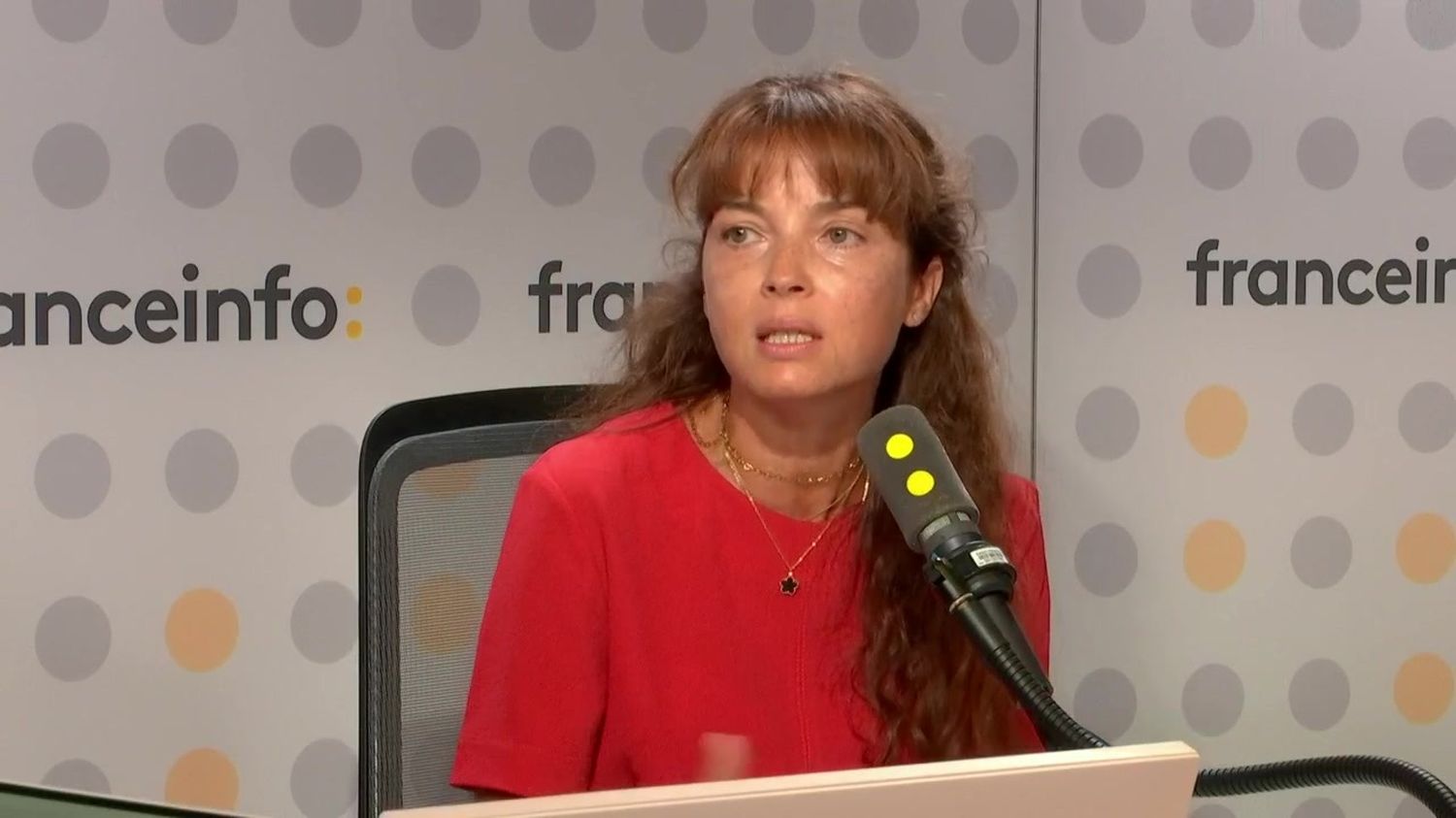The first nuclear reaction took place in the Flamanville EPR, with a delay of 12 years. Connection to the electricity grid is planned for the end of autumn.

Published
Reading time: 1 min

“It’s historic”rejoices Emmanuelle Galichet, a teacher-researcher in nuclear physics for the National Conservatory of Arts and Crafts (CNAM) on Tuesday, September 3 on franceinfo, while the first nuclear reaction took place in the EPR of Flamanville. This stage of divergence will lead in a second phase to the production of electricity. “There are not many nations that succeed in building this kind of reactor.”she believes.
It is “the power” of the reactor which is exceptional according to the teacher-researcher. With 1.6 gigawatts, the reactor “can feed 2 million people, it’s colossal”and he is one of the “the largest reactors in the world”. “It was important to demonstrate that we knew how to produce and commission an EPR (…) it is one of the most complex industrial objects in the world”she insists. This EPR works thanks to “hundreds of pieces of equipment, thousands of kilometers of cables.”
She welcomes the fact that this reactor is being put into service, “despite the pitfalls”A 12-year delivery delay that Emmanuelle Galichet explains by the fact that “It’s the first time in 25 years that we have a brand new reactor (…) We no longer knew how to do it, we have lost skills in France.” “We had to relearn”as well as in “the management of major projects” that in “the construction”she concluded.
